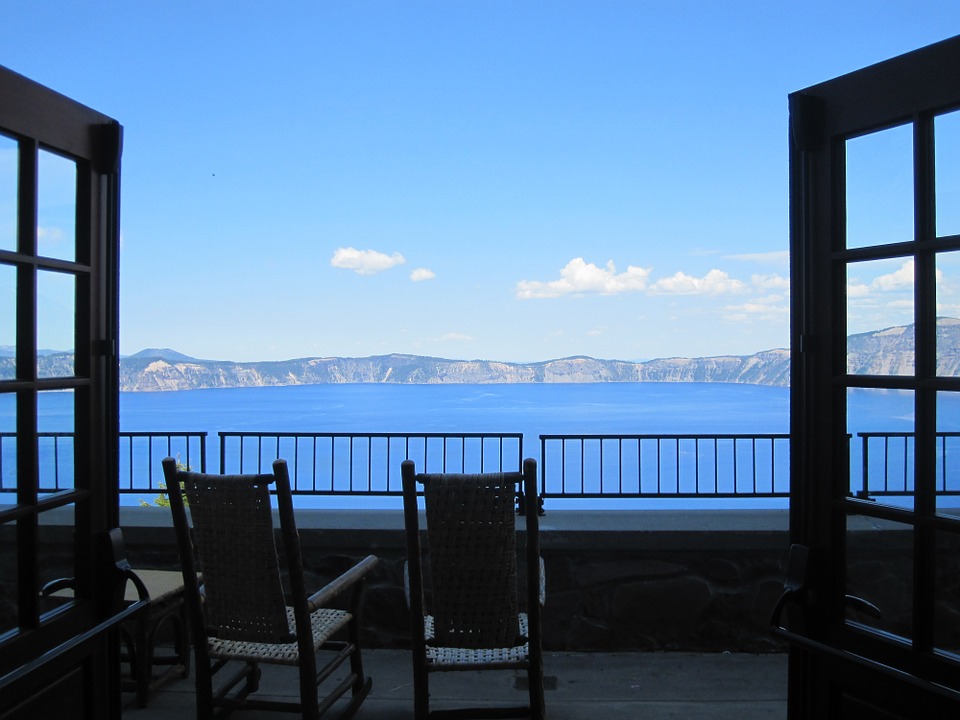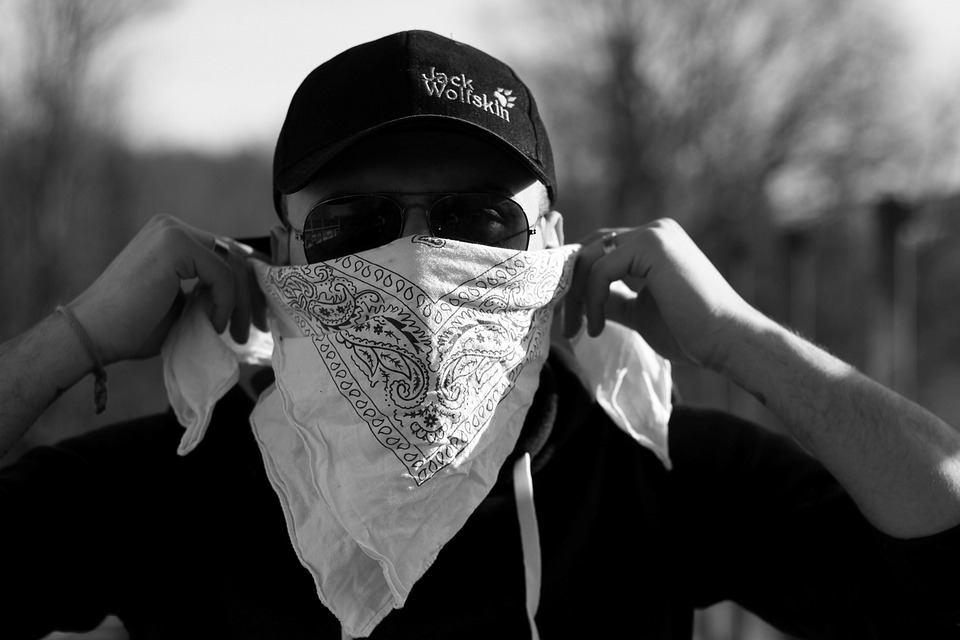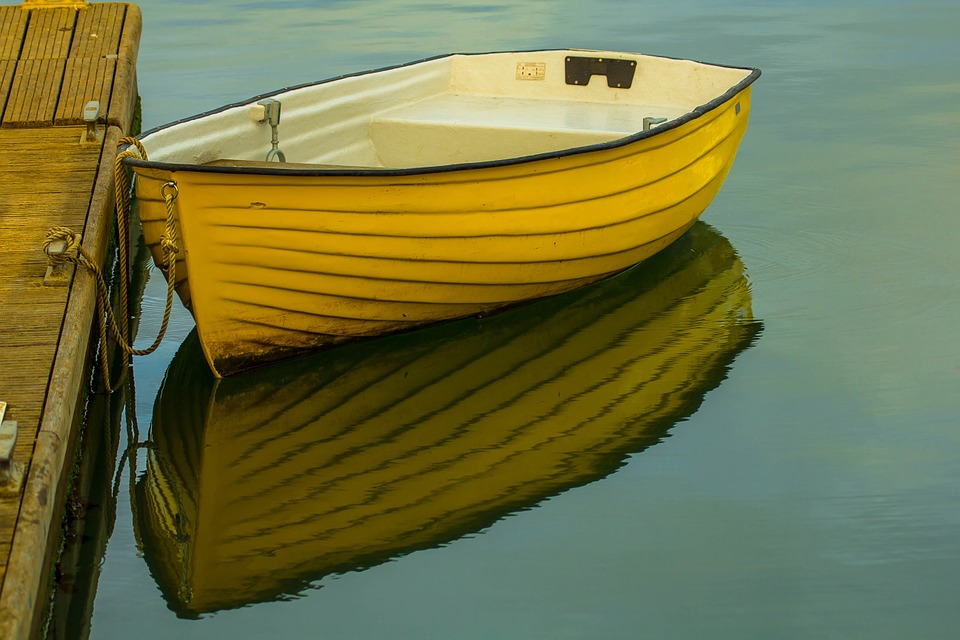Hindi Words Hiding in Plain Sight Posted by Rachael on Jul 27, 2019 in Hindi Language
The assumption goes that Romance languages (रोमांस भाषा/Romance bhaashaa, plural: भाषाएँ/bhaashaae) are easier for native English speakers (अँग्रेज़ी मातृभाषी/angrezi matribhaashi, lit: those for whom English is a mother tongue) to learn as they do not possess a greatly dissimilar alphabet (there’s no need to learn another script, लिपि/lipi) and possess many words (शब्द/shabd) in common with English (known as cognates). However, it’s important to acknowledge that English is an Indo-European language; thus, it is related, however distantly, to other Indo-European languages, including Hindi. Although English and Hindi may not possess a wealth of cognates, there are many words we use often in English today that are actually of Hindi origin (मूल/mool). Below are a few of those words. With these in your back pocket, you’ll be sure to surprise and perhaps even delight those who assume that, just because two languages do not look and sound the same, they must be completely different (अलग/alag). When you feel stymied in your language studies and onlookers try to impress upon you how difficult the task you’ve set yourself may be, it’s important to remember that all languages in the world are connected somehow as representatives of vibrant cultures that continually grow, change and interact with others.
Verandah (बरामदा/baraamadaa)
Many of the words you’ll see here came about from the interactions between British colonists and Indians during British rule over India. It should come as no surprise that an architectural feature like a verandah, which functions as a liminal space between the indoors (भीतर/bheetar, also: inside) and outdoors (बाहर/baahar, also: outside) and is designed to maximize one’s enjoyment of one’s (more amenable) natural surroundings, was first encountered by the British in India itself. Subsequent to encountering this feature, the modified Hindi word became a common term in British English within India and, of course, spread further afield from there. Other scholars maintain that while the English (as well as the French) may have learned this term for the first time upon arriving in India, the Spanish and Portuguese may have already had this concept prior to reaching India, and the Hindi word may thus have come about from a mixing (मिश्रण/mishran) of Spanish, Portuguese and Indian languages. In fact, the source languages for “verandah” are recorded in most Hindi dictionaries as Portuguese and Persian (“bar amada” in Persian means “come forth”).
Shampoo (derived from चाँपना/chaampnaa)
As stated above, the modern word “shampoo” is derived from the Hindi verb (क्रिया/kriyaa) चाँपना, which means to press, squeeze and/or put pressure on (for example, सिर चाँपना means to massage the scalp). This verb refers to मालिश करने वाले (maalish karne vaale/masseuses), often barbers (नाई/naai), who give their customers massages on the head, neck and shoulders using oil to relieve fatigue and discomfort and promote blood flow. The Hindi verb चाँपना (originally from Prakrit) and its imperative form, चाँपो, have led to the modern term “shampoo.” Clearly, the meaning of this “end-product” word has changed considerably from the original verb, although the connection still remains as “shampooing” refers to massaging the scalp and hair with a cleansing substance. The Indian massage to which the Hindi verb refers is amusingly described in a document originating in 1616 thus: “Taking thus their ease, they often call their Barbers, who tenderly gripe and smite their Armes and other parts of their bodies instead of exercise, to stirre the bloud. It is a pleasing wantonnesse, and much valued in these hot climes.”
Bandana (derived from बाँधनू/baandhnu)
The term from which “Bandana” derives, बाँधनू/baandhnu, refers to a particular method (तरीका/tareekaa) of dying cloth that originated in Gujarat. This dying method results in a distinctive pattern of diamond-shaped, white marks on the cloth as those areas are tied up during the dying process to avoid receiving the dye. The modern (आधुनिक/aadhunik) term may also be related to the Hindi verb बाँधना/baandhnaa, which means to tie or bind.
Cot (खाट/khaat and खटवाट/khatvaat)
In North India today, the most common term for a light bedstead with very little padding is चारपाई/chaarpaai (lit. “four legs”), but the word “cot” (खाट/khaat) used to be in common use. The latter term refers to a bed or bedstead and is related to खटवाट, which also means a bed board or bed. Interestingly, the Hindi word खाट has fallen out of common use in North India today, while it is widely used in other places, such as the U.S.
Dinghy (डिंगी/dingee and डोंगी/dongee)
Although the meaning of this word has changed slightly in the modern age, this term is originally from Hindi and refers to small boats (नाव/naav) used to ferry passengers (यात्री/yaatri) over short distances. This word became so integral to the English language during and after the British Raj that it was adopted by the British as the official term for the smallest ship’s boat in the navy.
If you’d like to learn more about the connections between English, Hindi and other European languages, Hobson Jobson is a great resource. एनजॉय कीजिए!

Build vocabulary, practice pronunciation, and more with Transparent Language Online. Available anytime, anywhere, on any device.








